Description
Introducing the HyperX SoloCast Microphone: Elevate Your Audio Experience
In today’s digital age, clear and high-quality audio is essential, whether you’re a content creator, gamer, or professional in need of crystal-clear communication. The HyperX SoloCast microphone is a powerful yet affordable solution that promises to deliver exceptional sound quality and elevate your audio experience.
The HyperX SoloCast is a USB microphone designed with simplicity and functionality in mind. Its sleek and compact design makes it easy to set up on any desk, while its durable build ensures longevity. It features a sturdy, adjustable stand that allows you to position the microphone at the perfect height and angle for optimal sound recording.
One of the standout features of the SoloCast is its Plug and Play functionality. Simply connect it to your computer, and you’re good to go. No need for additional drivers or software installations. This makes it an excellent option for beginners, as it eliminates any technical complications and allows you to focus on what matters most: your content.
When it comes to audio quality, the HyperX SoloCast truly shines. Equipped with a cardioid polar pattern, it effectively captures sound directly from the source while minimizing background noise. This ensures that your voice will be crisp and clear, making it perfect for voiceovers, podcasts, video conferences, and streaming.
The SoloCast also boasts a built-in shock mount that isolates the microphone from any vibrations or accidental bumps, resulting in an even more pristine audio recording. Additionally, its integrated pop filter helps reduce plosive sounds, such as p and b sounds, further enhancing the overall audio quality.
Another impressive feature of the SoloCast is the useful tap-to-mute function. With a single touch of a button on the top of the microphone, you can instantly mute your audio. This comes in handy during gaming sessions or when you need to quickly silence yourself during a live stream.
Compatibility is also a key aspect of the HyperX SoloCast. It works seamlessly with both PC and Mac systems, as well as popular streaming software such as OBS, XSplit, and Streamlabs OBS. This versatility ensures that you can use the microphone for various applications without any hassle.
In conclusion, the HyperX SoloCast microphone is an exceptional addition to any setup. With its sleek design, user-friendly Plug and Play functionality, and outstanding audio quality, it is tailor-made for content creators, gamers, and professionals alike. Whether you’re recording podcasts, streaming, or having virtual meetings, the SoloCast promises to elevate your audio experience to the next level.
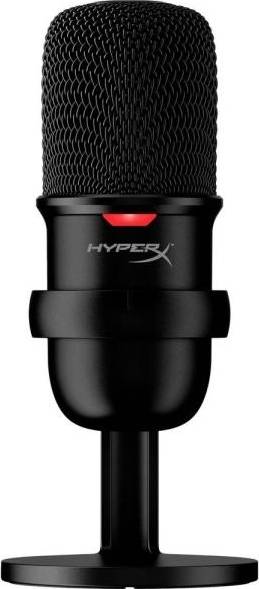





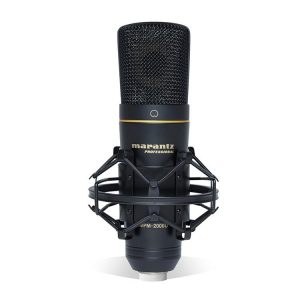
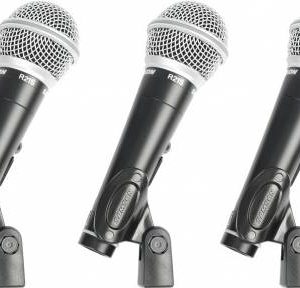
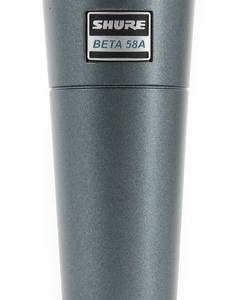
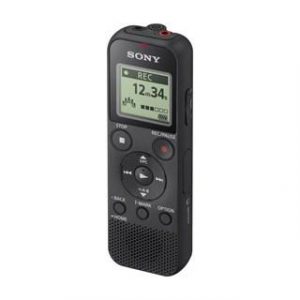
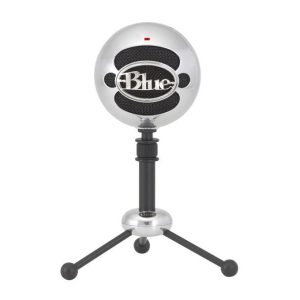

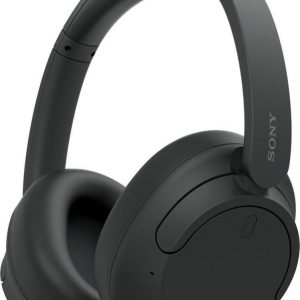
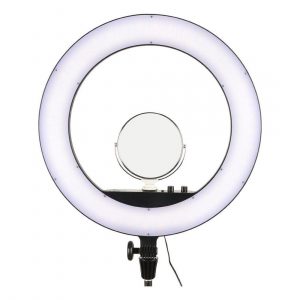
Reviews
There are no reviews yet.